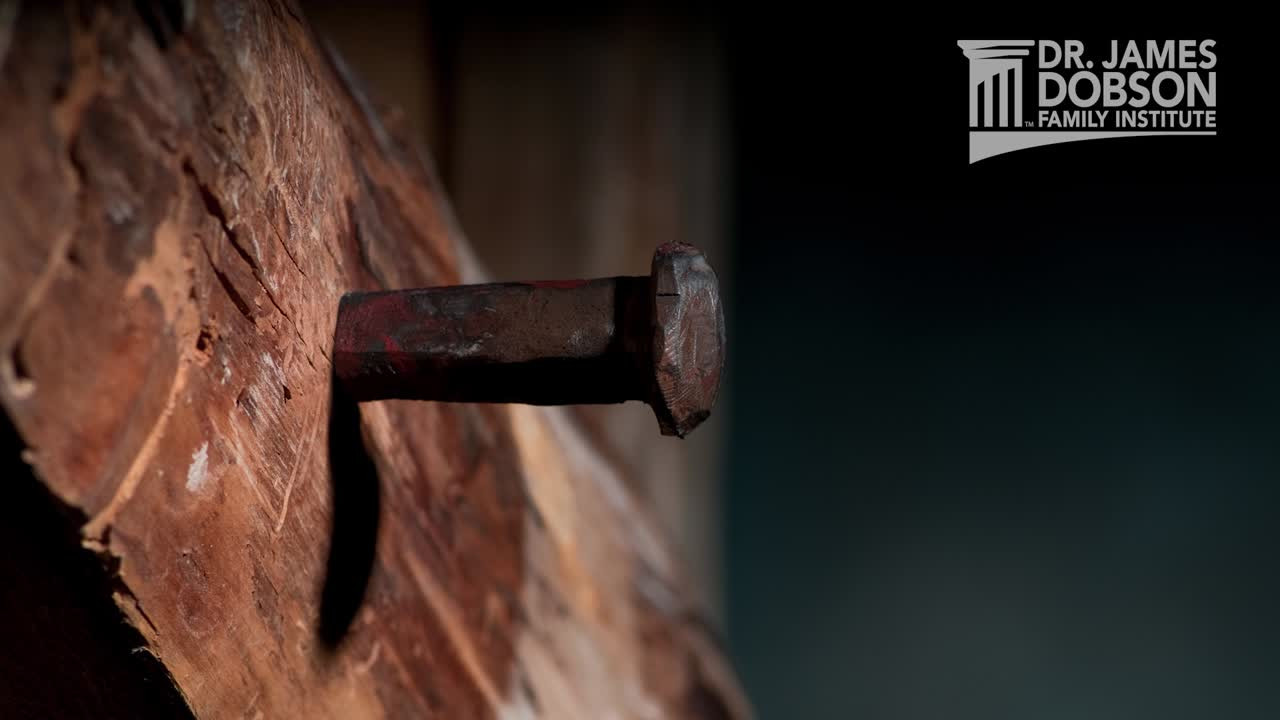
Question: You have told us what kinds of homes produce children with the greatest intellectual potential. Are there other studies that would tell us how to raise kids with the healthiest attitudes toward themselves and others?
Answer: A study designed to answer that precise question was conducted some years ago by Dr. Stanley Coopersmith, associate professor of psychology, University of California. He evaluated 1,738 normal middle-class boys and their families, beginning in the preadolescent period and following them through to young manhood. After identifying those boys having the highest self-esteem, he compared their homes and childhood influences with those having a lower sense of self-worth. He found three important characteristics that distinguished them:
1. The high-esteem children were clearly more loved and appreciated at home than were the low-esteem boys.
2. The high-esteem group came from homes where parents had been significantly more strict in their approach to discipline. By contrast, the parents of the low-esteem group had created insecurity and dependence by their permissiveness. Their children were more likely to feel that the rules were not enforced because no one cared enough to get involved. Furthermore, the most successful and independent young men during the latter period of the study were found to have come from homes that demanded the strictest accountability and responsibility. And as could have been predicted, the family ties remained the strongest not in the wishy-washy homes but in the homes where discipline and self-control had been a way of life.
3. The homes of the high-esteem group were also characterized by democracy and openness. Once the boundaries for behavior were established, there was freedom for individual personalities to grow and develop. The boys could express themselves without fear of ridicule, and the overall atmosphere was marked by acceptance and emotional safety.
***
From Dr. James Dobson’s book The Complete Marriage and Family Home Reference Guide.













